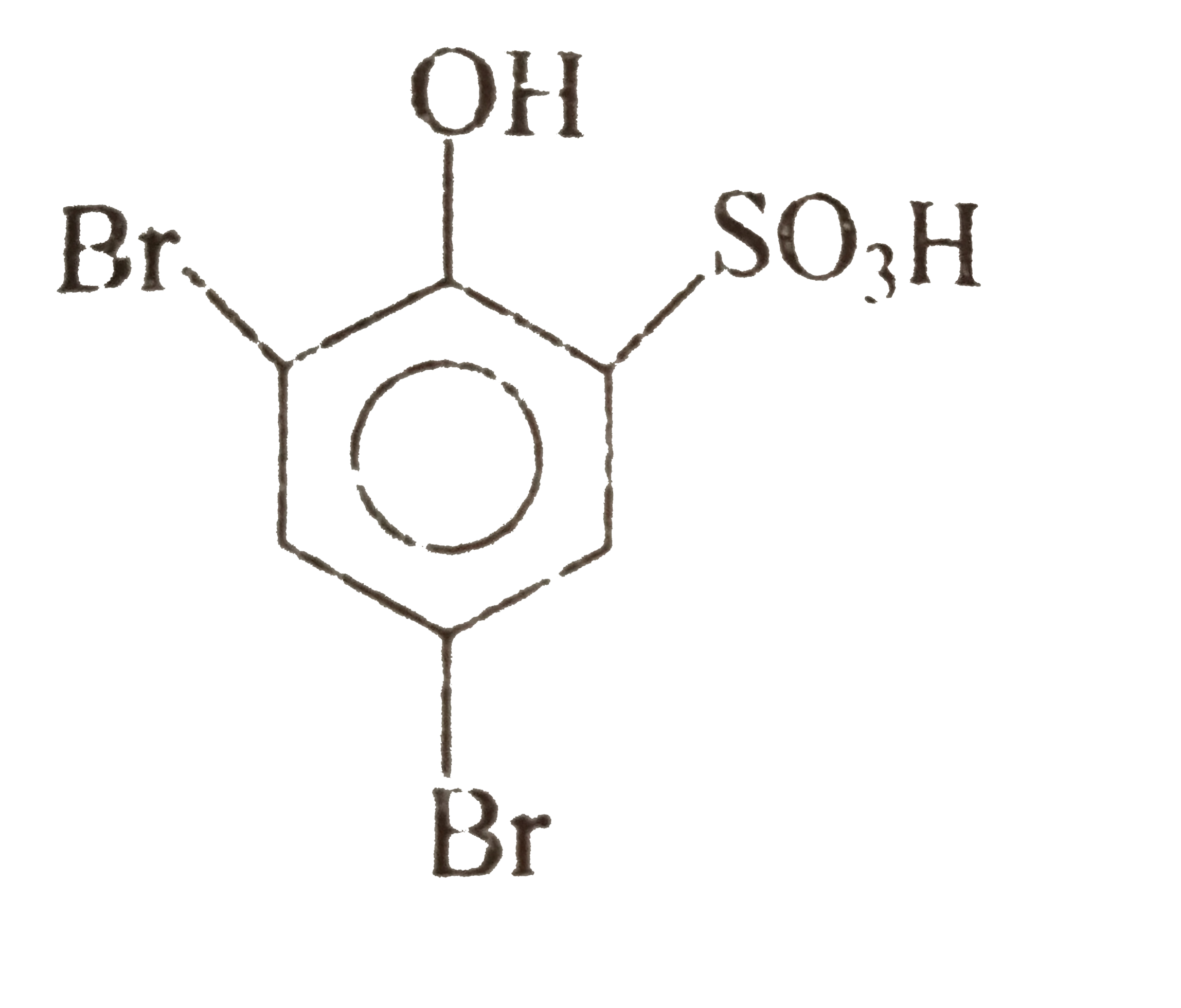In the following sequence of reactions, the amount of D (in g) formed from 72 g of Mg is……….. (The yield (%) corresponding to the product in each step is given in the parenthesis)
M72ggN2,excess−−−−−−−−→Strong heatingA100%H2O−−→B(90%)conc.HNO3−−−−−−→C(80%)Heat−−→D(90%)
The correct Answer is:57.02
To determine the amount of product D formed from 72 g of magnesium (Mg) through a series of reactions, we will follow the steps outlined in the question and apply the given yield percentages at each stage.
1. Identify the Reaction of Magnesium with Nitrogen:
- The first reaction involves magnesium reacting with nitrogen (N₂) to form magnesium nitride (Mg₃N₂).
- The balanced equation for this reaction is:
3Mg+N2→Mg3N2
- Molar mass of Mg = 24 g/mol. Therefore, 72 g of Mg corresponds to:
Moles of Mg=72 g24 g/mol=3 moles
- From the balanced equation, 3 moles of Mg produce 1 mole of Mg₃N₂. Thus, 3 moles of Mg will produce:
1 mole of Mg3N2
2. Hydrolysis of Magnesium Nitride:
- The next step is the hydrolysis of Mg₃N₂ to form ammonia (NH₃):
Mg3N2+6H2O→3NH3+3Mg(OH)2
- From 1 mole of Mg₃N₂, we get 3 moles of NH₃. Therefore, from 1 mole of Mg₃N₂, we will produce:
3 moles of NH3
3. Reaction of Ammonia with Concentrated Nitric Acid:
- The ammonia then reacts with concentrated nitric acid (HNO₃) to form ammonium nitrate (NH₄NO₃):
NH3+HNO3→NH4NO3
- The yield for this reaction is 80%. Thus, the amount of NH₄NO₃ produced from 3 moles of NH₃ is:
Moles of NH4NO3=3 moles×0.80=2.4 moles
4. Heating Ammonium Nitrate:
- Heating NH₄NO₃ produces nitrous oxide (N₂O):
2NH4NO3→2N2O+2H2O+N2
- From 2 moles of NH₄NO₃, we get 2 moles of N₂O. Therefore, from 2.4 moles of NH₄NO₃, we will produce:
Moles of N2O=2.4 moles×1=2.4 moles
5. Calculating the Mass of N₂O:
- Molar mass of N₂O = (2 × 14) + 16 = 44 g/mol.
- Therefore, the mass of N₂O produced is:
Mass of N2O=2.4 moles×44 g/mol=105.6 g
6. Final Yield Calculation:
- The final yield of N₂O is 90%. Thus, the actual amount of D (N₂O) produced is:
Final mass of D=105.6 g×0.90=95.04 g
Conclusion:
The amount of D formed from 72 g of magnesium is approximately 95.04 g.
- The first reaction involves magnesium reacting with nitrogen (N₂) to form magnesium nitride (Mg₃N₂).
- The balanced equation for this reaction is:
3Mg+N2→Mg3N2
- Molar mass of Mg = 24 g/mol. Therefore, 72 g of Mg corresponds to:
Moles of Mg=72 g24 g/mol=3 moles
- From the balanced equation, 3 moles of Mg produce 1 mole of Mg₃N₂. Thus, 3 moles of Mg will produce:
1 mole of Mg3N2
- The next step is the hydrolysis of Mg₃N₂ to form ammonia (NH₃):
Mg3N2+6H2O→3NH3+3Mg(OH)2
- From 1 mole of Mg₃N₂, we get 3 moles of NH₃. Therefore, from 1 mole of Mg₃N₂, we will produce:
3 moles of NH3
- The ammonia then reacts with concentrated nitric acid (HNO₃) to form ammonium nitrate (NH₄NO₃):
NH3+HNO3→NH4NO3
- The yield for this reaction is 80%. Thus, the amount of NH₄NO₃ produced from 3 moles of NH₃ is:
Moles of NH4NO3=3 moles×0.80=2.4 moles
- Heating NH₄NO₃ produces nitrous oxide (N₂O):
2NH4NO3→2N2O+2H2O+N2
- From 2 moles of NH₄NO₃, we get 2 moles of N₂O. Therefore, from 2.4 moles of NH₄NO₃, we will produce:
Moles of N2O=2.4 moles×1=2.4 moles
- Molar mass of N₂O = (2 × 14) + 16 = 44 g/mol.
- Therefore, the mass of N₂O produced is:
Mass of N2O=2.4 moles×44 g/mol=105.6 g
- The final yield of N₂O is 90%. Thus, the actual amount of D (N₂O) produced is:
Final mass of D=105.6 g×0.90=95.04 g
The amount of D formed from 72 g of magnesium is approximately 95.04 g.
Topper's Solved these Questions
- P-BLOCK ELEMENTS (NITROGEN FAMILY)BOOK - PRADEEPCHAPTER - P-BLOCK ELEMENTS (NITROGEN FAMILY)EXERCISE - Competition focus jee(main and advanced)/ medical entrance special) (VIII. Assertion-Reason Type Questions)
10 Videos
- P-BLOCK ELEMENTS (NITROGEN FAMILY)BOOK - PRADEEPCHAPTER - P-BLOCK ELEMENTS (NITROGEN FAMILY)EXERCISE - Competition focus jee(main and advanced)/ medical entrance special) (VI. Integer Type Questions)
7 Videos
- ORGANIC CHEMISTRY-SOME BASIC PRINCIPLES TECHNIQUESBOOK - PRADEEPCHAPTER - ORGANIC CHEMISTRY-SOME BASIC PRINCIPLES TECHNIQUESEXERCISE - Competition Focus (Jee (Main and Advanced)/Medical Entrance) VIII. Assertion-Reason Type Questions
25 Videos
- REDOX REACTIONS BOOK - PRADEEPCHAPTER - REDOX REACTIONS EXERCISE - Assertion reason type question
16 Videos
Similar Questions
In the following reaction sequence, the amount of D (in g) formed formed from 10 moles of acetic acid is ….. (The yield (%) corresponding to the product in each step is given in the parenthesis)
CH3COOHNaOH−−−→A90%Soda-lime−−−−−→630 KB70%Cl2,hv−−−→C80%Na,dry ether−−−−−−→D70%
View SolutionIn the following reaction sequence, the amount of D (in g) formed from 10 moles of acetophenone is ____. (Atomic weights in g mol−1 : H = 1, C = 12, N = 14, O = 16, Br = 80. The yield (%) corresponding to the product in each step is given in the parenthesis)

View Solution
Knowledge Check
Examine given sequence of reaction carefully :
 Sn+HCl−−−−−→AHNO2−−−→BH2O−−→CConc.H2SO4−−−−−−−→100∘DBr2+FeBr3−−−−−−−→excessE
Sn+HCl−−−−−→AHNO2−−−→BH2O−−→CConc.H2SO4−−−−−−−→100∘DBr2+FeBr3−−−−−−−→excessE
Identify product E of the reaction :A B
B C
C D
D
10g ofS reacts with excess of O2 to form15g ofSO2. The% yield of the reaction is
A0.25B0.5C0.75D1Examine given sequence of reaction carefully :
 Sn+HCl−−−−−→AHNO2−−−→BH2O−−→CConc.H2SO4−−−−−−−→100∘DBr2+FeBr3−−−−−−−→excessE
Sn+HCl−−−−−→AHNO2−−−→BH2O−−→CConc.H2SO4−−−−−−−→100∘DBr2+FeBr3−−−−−−−→excessE
Converstion of B to C is which type of reaction ?Aelectrophilic aromatic substitution reactionBnucleophilic aromatic substition reactionCfree radiual substitutionDnucleophilic acyl substitution reaction
In the following reaction sequence, the amount of D (in g) formed from to moles of acetophenone is.......... (Atomic weights in gmol−1:H=1,C=12,N=14,O=16,Br=80. The yield (%) corresponding to the product in each step is given in the parenthesis)

View SolutionCH3−OH∣CH−CH2−O∣∣C−HHO−−−−−−−−−−−→(Reduction aldol)(A),3HCHO+ANa2CO3−−−−→40∘CB(82%)
Product (B) of the above reaction is:
View SolutionConsider the following reaction :
C6H5−CH3∣C∣H(R)−Cl+C2H5⊕O→C2H5O−CH3∣C∣H100%(S)form−C5H5
Which statement is not correct ?
View SolutionCH3−O∣∣C−CH2−CH2−CH2−CH2−CH2−O∣∣C−HHO−/Δ−−−−−→A(73%), product (A) is:
View SolutionIn the following sequence of reactions
CH3CH2OHP+I2−−−→AMg−−−−−→etherBHCHO−−−→CH2O−−→D the compounds D is
View Solution
